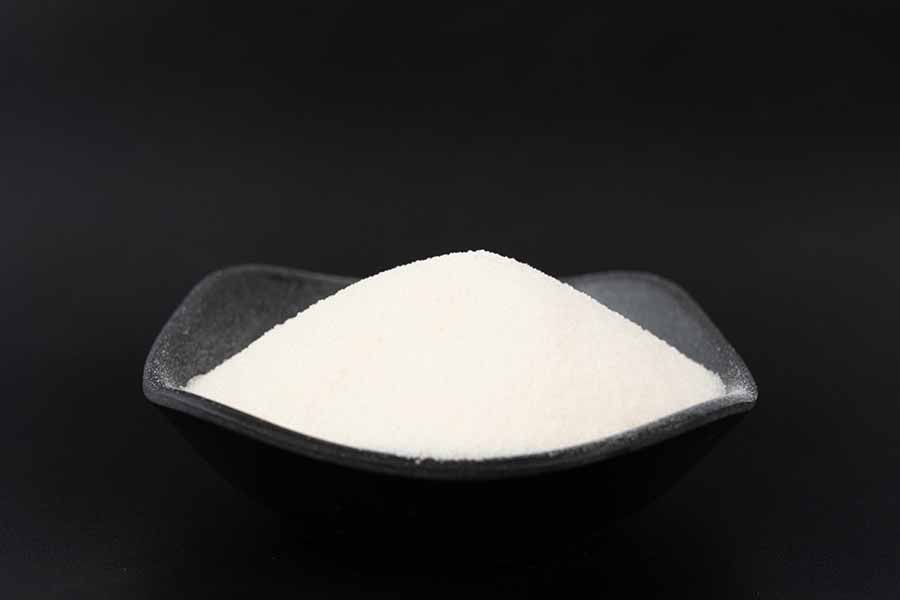What is type II collagen?
Type II collagen is a fibrillar protein made up of 3 long chains of amino acids that form a tightly packed network of fibrils and fibers. It is the main component of cartilage in the body. It consists of dry weight and collagens.
Type II collagen is what gives cartilage its tensile strength and elasticity, thereby enabling it to support the joints. It helps in the binding process with the help of fibronectin and other collagens.
What’s the difference between type II and type I collagen?
On the surface they appear to be the same, each being a triple helix i.e. made up of three long chains of amino acids. However, at a molecular level there is an important difference.
Type I collagen: Two of the three chains are identical.
Type II collagen: All three chains are identical.
Type I Collagen is found mainly in bones and skin. Whereas type II collagen is only found in cartilage.
What benefits does type II collagen play in the body?
As we’ve just seen, type II collagen is a major part of cartilage tissue. So to really understand the role it plays, one must look at the function of cartilage in the body.
Cartilage is a firm but pliable connective tissue. There are different types of cartilage in the body, each with a specific function. The cartilage found in joints has several functions, such as
- connecting bones
- allowing tissue to bear mechanical stress
- shock absorption
- allowing connected bones to move without friction
Cartilage is made up of chondrocytes which are special cells that create what is known as an ‘extracellular matrix’ comprising proteoglycan, elastin fibers and type II collagen fibers.
The type II collagen fibers are the main collagenous substance found in cartilage. They play an extremely important role. They form a network of fibrils that help to bond proteoglycan and elastin fibers into a tough, but flexible tissue.
Post time: Dec-29-2021








